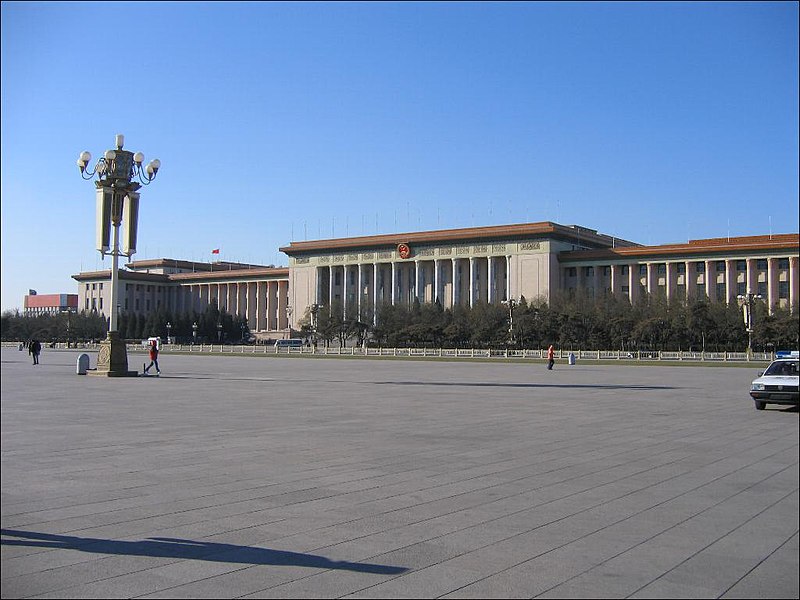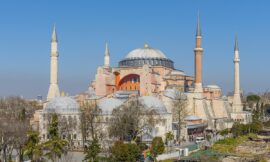The Chairman Mao Memorial Hall, also known as the Mausoleum of Mao Zedong, is a monumental structure located in Tiananmen Square, Beijing, China. It serves as a mausoleum and final resting place for Mao Zedong, the founding father of the People’s Republic of China and one of the most influential figures in modern Chinese history. The memorial hall is a significant symbol of Mao’s legacy and the enduring impact of his leadership on China’s political, social, and cultural development.
Construction of the Chairman Mao Memorial Hall began shortly after Mao’s death in 1976, as a tribute to his contributions to the Chinese revolution and the establishment of the communist regime. Designed in a classical architectural style with elements of Soviet monumentalism, the hall embodies the reverence and adulation accorded to Mao by the Chinese Communist Party and the people of China.
The memorial hall consists of a large central building with a grandiose entrance flanked by marble columns and guarded by honor guards in military uniforms. Above the entrance, a prominent inscription in Chinese characters reads “Long Live the People’s Republic of China” and “Long Live the Great Unity of the World’s Peoples,” reflecting Mao’s vision of a united and prosperous socialist society.
Inside the memorial hall, visitors follow a solemn procession through dimly lit corridors and antechambers, leading to the main chamber where Mao’s embalmed body lies in state. The body is encased in a crystal sarcophagus and surrounded by wreaths of flowers and offerings from dignitaries, party officials, and ordinary citizens. Visitors are required to maintain silence and reverence as they pay their respects to Mao, reflecting the deep reverence and admiration accorded to him by the Chinese people.
The Chairman Mao Memorial Hall is not only a place of pilgrimage for Mao’s admirers but also a site of political significance and national pride. It serves as a focal point for commemorating Mao’s contributions to the Chinese revolution, the establishment of the communist regime, and the modernization of China. The hall is often visited by foreign dignitaries, party officials, and delegations from other communist countries, who come to pay their respects and reaffirm their solidarity with the Chinese Communist Party.
Despite its political symbolism and ideological significance, the Chairman Mao Memorial Hall has also been the subject of controversy and debate. Critics argue that the cult of personality surrounding Mao and the preservation of his embalmed body run counter to the principles of socialist governance and the pursuit of a more open and democratic society in China. Others question the ethical implications of displaying a deceased leader’s body for public viewing and whether it is consistent with Chinese cultural traditions and values.
Nevertheless, the Chairman Mao Memorial Hall continues to attract millions of visitors each year, drawn by a mixture of curiosity, reverence, and historical interest. For many Chinese citizens, especially those who grew up during Mao’s era, the hall represents a symbol of national unity, socialist ideals, and the transformative power of the Chinese revolution. It is a place where they can pay homage to a revered leader, reflect on the achievements and shortcomings of the past, and contemplate the future direction of their country.
In conclusion, the Chairman Mao Memorial Hall stands as a monumental tribute to Mao Zedong and his legacy as a revolutionary leader, statesman, and visionary. As a symbol of China’s political history and cultural heritage, it continues to evoke strong emotions and provoke spirited debates about Mao’s legacy and the trajectory of China’s development. Whether viewed as a shrine to a founding father or a relic of a bygone era, the memorial hall remains an enduring symbol of Mao’s enduring influence and the complexities of China’s modernization journey.



